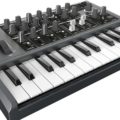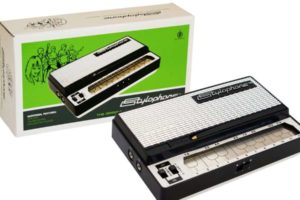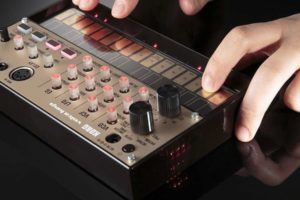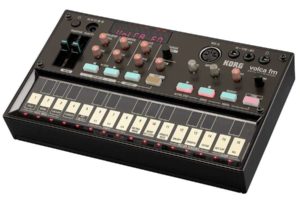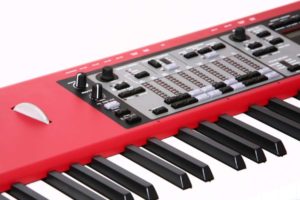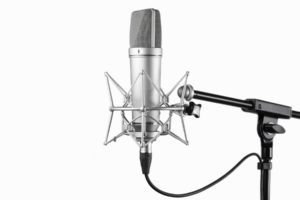A synthesizer is used to recreate the sounds of certain instruments or electronic tunes you cannot easily replicate with software alone. However, how does a synthesizer work and how does it produce the sounds you like each time you key in a note or adjust a certain knob?
Synths of all shapes and sizes come with basic components, which allow it to produce a sound: the oscillator, a filter, and the modulation function.
The oscillator is the first component that assists a synthesizer to produce a sound. You can consider it the first source of sound produced by a synth. The power voltage fed to the oscillator generates electrons, which form one of five types of wave forms:
- Sine wave—It sounds similar to a whistle and it is a simple tone
- Sawtooth wave—The wave produces a stronger sound similar to the sound a saxophone can produce
- Square wave—This wave comes with a hollow tone similar to a clarinet’s sound
- Triangle wave—It can produce sound similar to an organ and the sound produced by a sine wave
- Pulse wave—This wave is similar to a square wave and creates a dynamic sound.
Oscillators also control the frequency of the sound, or the pitch level. In music, frequency is the speed of the vibration of each waveform and measured in cycles per second or Hertz (Hz). The faster the frequency the waveform has, the higher the pitch level will be recorded. If a pitch level is higher, it will also help you distinguish the key of each sound produced by your synth.
Once a sound is produced through the oscillator, the sound’s timbre is then modified through the assistance of a filter. A synthesizer filter blocks certain frequencies in sounds and allow others to pass through to sound different from the original sound. Synth filters come with four settings: low-pass, band, high-pass and notch. Low and high-pass filters vary in terms of how much lower or higher frequencies should play.
The band filter plays the frequencies within the cutoff range, while the notch removes any other frequencies beyond that cutoff range. Filters also come with extra knobs such as the resonance and the envelope. Resonance influences the cutoff frequency, while the envelope creates the pattern of the cutoff curb or the ADSR.
Aside from speed, a synth can adjust the waveform’s signal with the help of an amplifier. Amps can help users make the volume louder and also determine when a certain part of the sound should be louder and how long should it stay at that volume.
The ADSR (attack, decay, sustain and release) function then ensures when the sound is played (attack); when it starts reach a sustained volume level or fade out (decay); how long it should play (sustain); and when the sound stops (release). Using the ADSR is ideal when trying to develop certain music genres.
Synths also have modulators to modify the sound. One of the most notable modulators is the LFO, or the low-frequency oscillator. This oscillator produces a low-frequency signal that cannot be heard by the ear alone, but it will be able to transmit a signal to other parts of the synth to create extra effects.
If the LFO signal is transmitted to the oscillator, it can create a vibrato pitch or cancel out the volume of your pitch. If the signal is transferred to the amplifier, the volume gets louder and produces a tremolo pitch. A wobble bass is reached if you transfer the LFO signal to the filter.
Aside from the LFO, a ring modulator can also influence how the sound is produced. This modulator will combine two different signals to create a new sound frequency that often sounds eerie in nature.
Filters are also available for some synths to enable you to add more drama to your synths. In vintage synths, you can add one or two effects to your sounds, such as a chorus sequence. For new synths, you can add other music effects such as echoes and other instruments.


